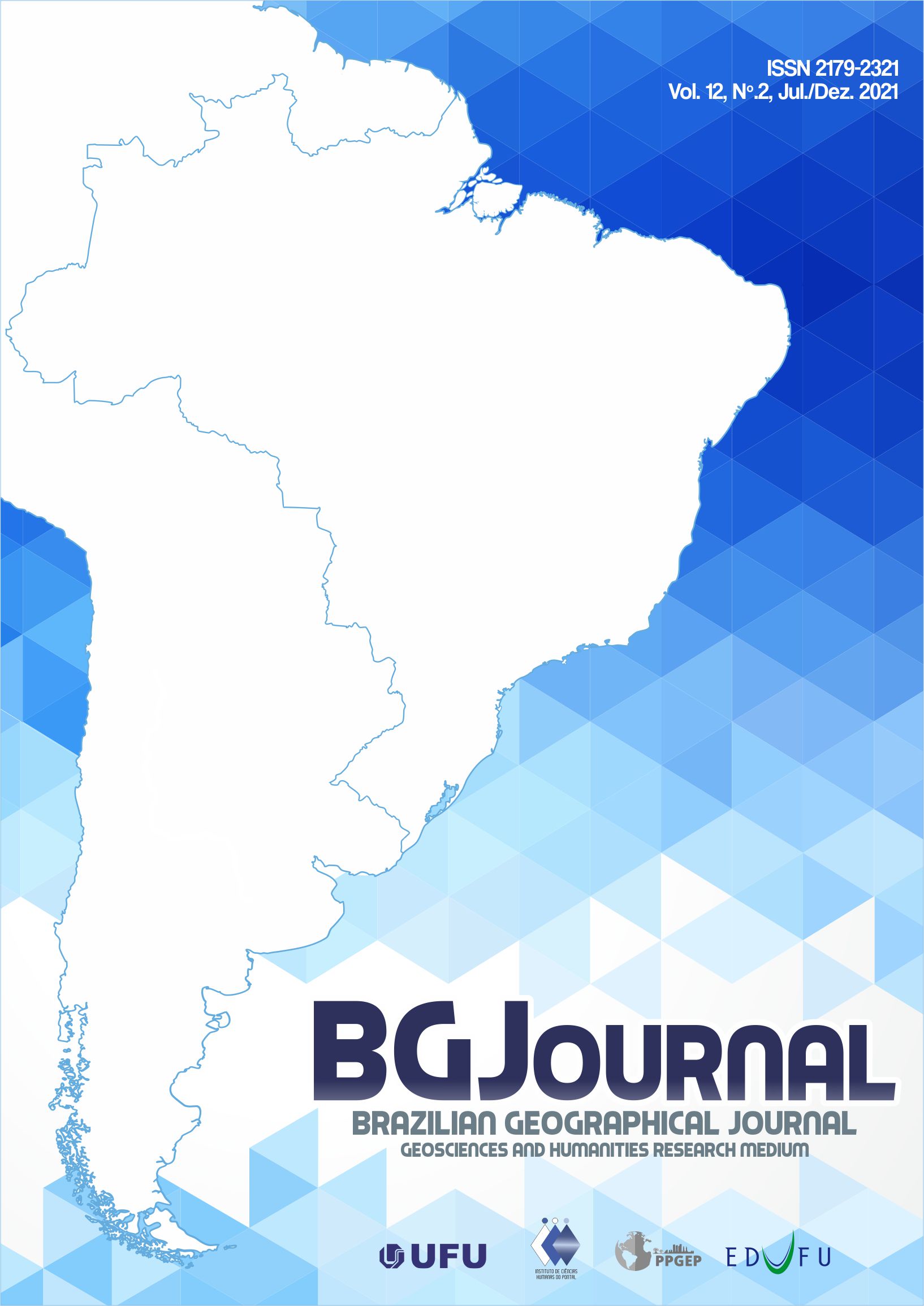A presença de Irara (Eira barbara) em sítios arqueológicos, etnográficos e paleontológicos no Brasil
A presence of Irara (Eira barbara) in sites in Brazil
DOI:
https://doi.org/10.14393/BGJ-v12n2-a2021-58818Resumo
Os mustelídeos possuem ampla distribuição geográfica e habitats variados. O território brasileiro possui cinco espécies desta família, observados em sítios paleontológicos, arqueológicos e etnográficos. A irara, Eira barbara, é um mustelídeo de florestas, onívoro e que necessita de grande área geográfica para viver. O presente trabalho aborda as ocorrências em sítios paleontológicos, arqueológicos e no sítio etnográfico Guajá, além de comentar características osteológicas. Por ser um animal de hábitos preferencialmente arbóreos a presença em sítios paleontológicos como cavernas, é raro. Os estudos no sítio etnográfico Guajá demonstraram que o consumo ocorre em comunidades indígenas, mas em sítios arqueológicos as ocorrências são muito poucas e restritas a partes ósseas indeterminadas, podendo ter origem natural ou antrópica.
Downloads
Publicado
Edição
Seção
Licença
All copyrights are reserved to authors. Reproductions of any part of this journal, including the non-commercial use of figures, maps and other illustrations, are allowed provided that the original source of publication be assigned.

